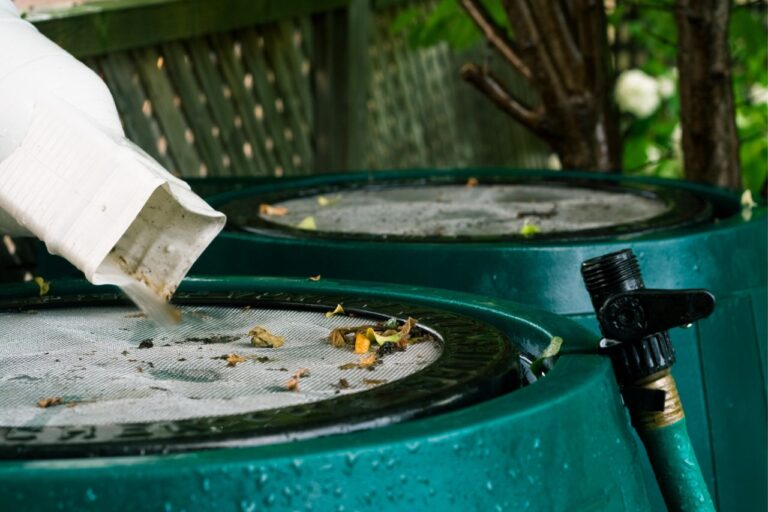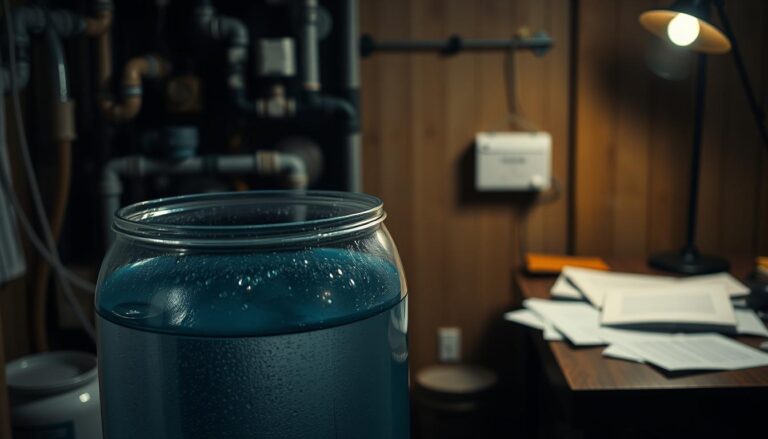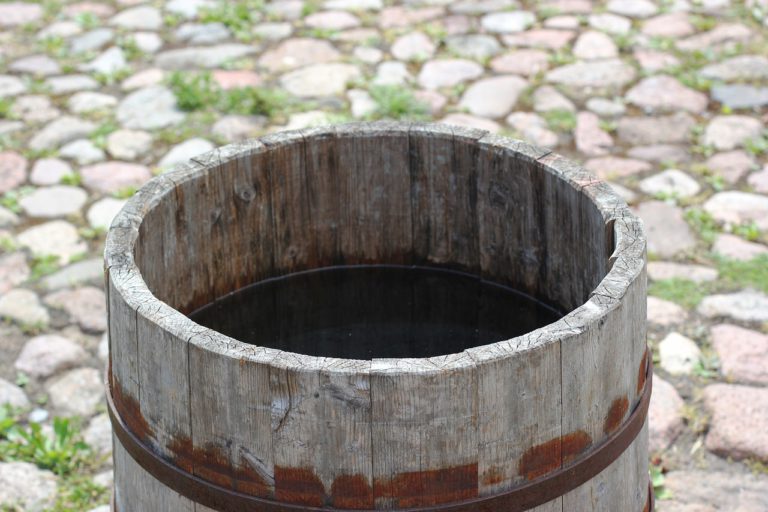Exploring Cost-Effective Rainwater Harvesting Solutions
Have you ever considered how much water you really use in a typical day, and what that means in the grand scheme of things? You might be surprised to learn that water shortages and high water bills are becoming common concerns for many people around the world. You don’t have to look too far to find an easy way to make a difference, both for your wallet and the environment. One of the most promising solutions is rainwater harvesting. Imagine turning the rain that falls on your roof into a guaranteed supply of water with less impact on the planet. Let’s dig into how you can harness this everyday natural resource sustainably and affordably.
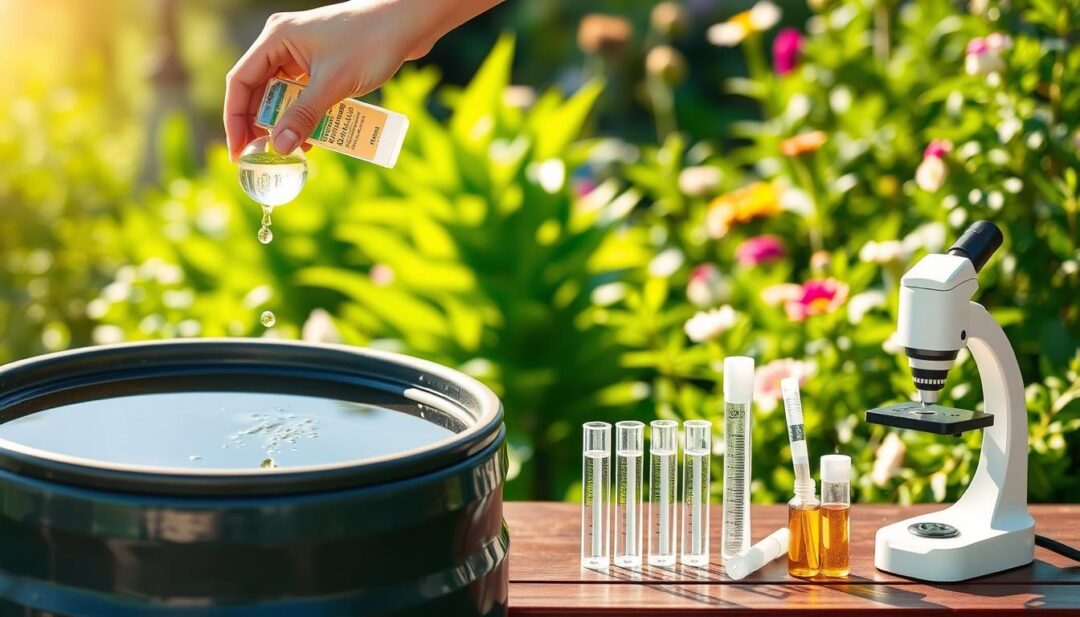
Why Rainwater Harvesting Matters
The Growing Demand for Water
You’ve likely noticed an ever-growing demand for water in your community. With increasing populations and climate change making water scarcer, systems are under pressure. Freshwater resources are dwindling, and managing them is becoming more challenging. Implementing rainwater harvesting allows you to play an active part in alleviating some of this pressure, ensuring that there’s less strain on dwindling public water supplies.
The Environmental Impact of Traditional Water Sources
Traditional water sourcing often involves significant environmental disruption. Large dams, reservoirs, and extraction of groundwater can permanently alter ecosystems. By collecting rainwater, not only are you mitigating this disturbance, but you’re also actively participating in water conservation. It’s a small step with a powerful impact.
A Step Towards Self-Sufficiency
You might find the idea of self-sufficiency appealing. Harvesting rainwater brings you closer to that reality. By collecting and storing rainwater, you’re establishing a more reliable and independent water source. Whether for gardening, washing cars, or even flushing toilets and laundry, rainwater can become an essential part of your household when used wisely.
Understanding Rainwater Harvesting
What is Rainwater Harvesting?
Rainwater harvesting is simply the process of collecting and storing rainwater for future use. At its core, it may sound simple—capture what’s falling from the sky—but there’s more to it. Through the proper setup, you can effectively gather and utilize this free resource.
Key Components of a Rainwater Harvesting System
To get started, you’ll need to familiarize yourself with the basic components of a rainwater harvesting system. Each part plays a role in ensuring efficiency and maintaining water quality.
- Catchment Area: Typically your roof, this is where rainwater is collected. The surface area and material will affect how much water you can harvest.
- Gutters and Downspouts: These channel rainwater from the catchment area to the storage vessel. Ensuring they are clean and in good repair is important.
- First Flush Diverter: This component is crucial. It diverts the initial flow of rainwater away from the storage tank to prevent debris and contaminants from reaching the collected water.
- Storage Tanks: These hold the harvested rainwater for future use. Tanks vary in size and material, each with their own pros and cons.
- Delivery Systems: Pumps and other mechanisms that assist in moving water from your tank to where it is needed.
Different Types of Rainwater Harvesting Systems
Not all rainwater harvesting systems are created equal, and your specific needs will dictate which type suits you best. You might go for a simple, gravity-fed system or a more complex setup with pumps and purification options. Here’s a look at two primary types:
- Direct-Pumped System: This is the most common in residential settings. A pump supplies harvested water directly to appliances. It’s suitable for homes with limited tank space.
- Indirect-Pumped System: Water is pumped to a header tank before being distributed. This adds a buffer for irregular demand.
Cost-Effective Solutions for Rainwater Harvesting
Starting Small: DIY Rain Barrels
If you’re unsure about committing to a full-scale system, beginning with a rain barrel is ideal. It’s a low-cost option that introduces you to the benefits of rainwater harvesting without a hefty investment. Setting up a rain barrel simply involves placing a large container beneath your downspout. Add a spigot, and you have a simple setup ready to go.
Upgrading to Ready-Made Rainwater Harvesting Kits
Once you’ve grasped the basics with a rain barrel, you may consider upgrading to a ready-made kit. These kits can range from basic to sophisticated, including filtration and storage tanks. They’re designed for easy installation, perfect if you’re looking to scale up without getting too complicated.
Building a Customized System
For those wanting a more tailored system, building your own might be the way to go. It involves choosing components that fit your specific needs, particularly if your application is more complex or large-scale. While it demands a greater upfront cost and planning, the result is a tailored solution that maximizes efficiency and water usage.
Advantages of Rainwater Harvesting
Savings on Water Bills
One of the immediate advantages you’ll likely notice is the reduction in your water bill. By using free rainwater for non-potable purposes like landscaping or toilet flushing, you can substantially cut down on the amount of water you purchase from your local supplier.
Reducing Stormwater Runoff
Another benefit of capturing rainwater is reducing stormwater runoff, which can cause erosion and pollution in your local water bodies. By harvesting rainwater, you’re helping prevent these issues by slowing the flow of runoff.
Improving Water Quality
It might seem counterintuitive, but rainwater is often of higher quality than groundwater or water from surface sources since it hasn’t dissolved minerals or contaminants from the ground. With effective filtration, harvested rainwater can be quite clean, suitable for various domestic purposes.
Adding Value to Your Property
Lastly, a full-featured rainwater system can add value to your home. As water conservation becomes more critical, properties with rainwater harvesting setups are becoming more attractive to eco-conscious buyers.
Challenges and Solutions
Initial Setup Cost
Initial costs can sometimes deter you, but it’s important to view them as an investment. Gradually expanding your system can spread out expenses. Start simple—with a rain barrel or a small tank—and gradually add to your setup as budget allows.
Maintenance and Upkeep
Maintaining your system is crucial for ensuring efficiency. Regular cleaning of gutters, filters, and tanks is necessary. Scheduling these tasks seasonally can make them more manageable.
Local Regulations and Permissions
Before installing any system, check your local regulations. Some areas have restrictions on rainwater harvesting, while others actually offer tax breaks or grants for implementing sustainable practices. Your local government can provide guidance.
Optimizing Rainwater Harvesting for Maximum Efficiency
Choosing the Right Materials
The materials you choose will significantly impact the longevity and effectiveness of your system. For example, corrosion-resistant materials like stainless steel or HDPE for tanks can ensure your system lasts longer. Also, non-toxic materials are crucial for maintaining water quality.
Calculating Water Needs
Understanding how much water you’ll need is a key step. This influences the size of your catchment area and storage. A water audit can help you assess your current use and identify areas where rainwater can replace your regular supply.
Installing Efficient Filtration Systems
Ensuring that harvested rainwater is free of debris and contaminants is crucial for any intended use. Installing efficient filtration or first-flush systems will help maintain clean water and prolong the life of your tanks and pipes.
Innovative Rainwater Utilization Techniques
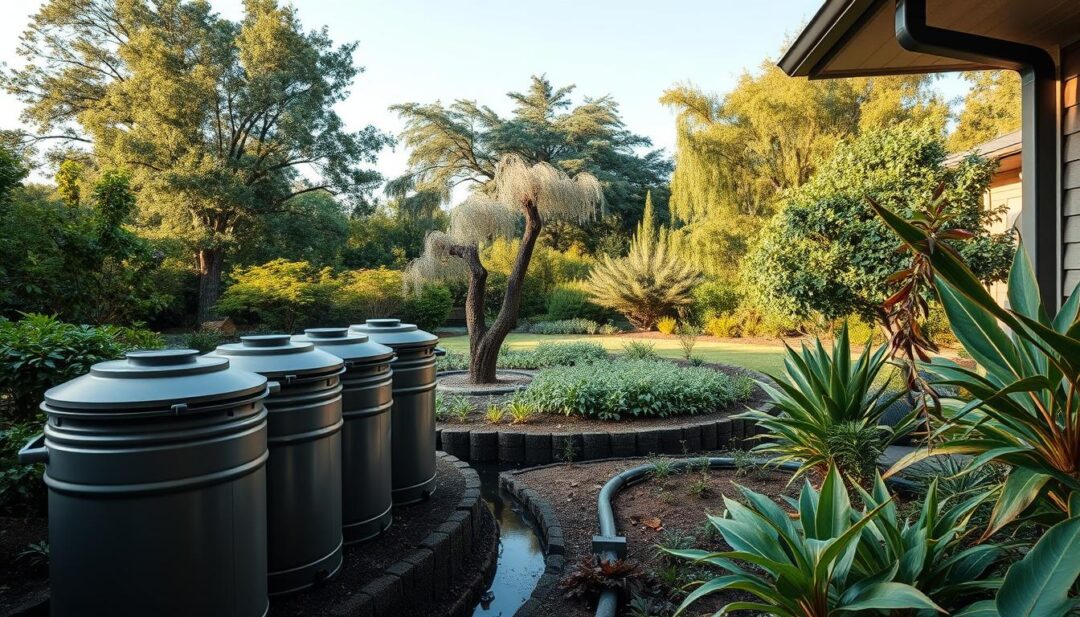
Integrating with Greywater Systems
Another innovative solution is integrating your rainwater system with greywater recycling. This maximizes water reuse in your home by using it for purposes like irrigation, reducing overall consumption.
Using Technology for Monitoring
Incorporating technology, such as smart sensors and apps, allows you to remotely monitor water levels and usage. This can optimize efficiency and help detect leaks early, minimizing water loss.
Community-Based Projects
If you’re part of a community or neighborhood group, consider a collective rainwater harvesting effort. By pooling resources, you can implement larger systems that benefit more people and contribute to significant community-wide water savings.
The Future of Rainwater Harvesting
Addressing Global Water Challenges
As global challenges grow, rainwater harvesting could become a more mainstream solution. Government initiatives, public awareness, and technology advancements are likely to push this transition. It’s an exciting moment for sustainable practices, with endless innovative opportunities emerging.
Evolving Technologies
Technological advancements are continually making rainwater harvesting more efficient and convenient. Solar-powered pumps, automated systems, and improved filtration technologies make it easier for you to maintain more complex systems with minimal effort.
Conclusion
Choosing to implement rainwater harvesting in your daily life can be a transformative experience. It’s not just about savings; it’s also about making a choice that benefits the environment and brings you closer to self-sufficiency. Even small steps, like installing a single rain barrel, can lead to significant changes. Isn’t it time you considered making a change that could impact your future and the planet for the better?


